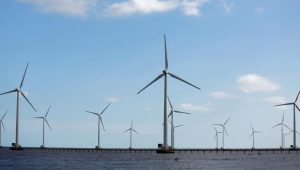The Biden administration intends to relax projected annual standards through 2030 to reduce tailpipe emissions and increase sales of electric vehicles (EVs). The decision was made in response to concerns expressed by automakers and the United Auto Workers (UAW).
With an aim of 60% EVs by 2030 and 67% by 2032, the Environmental Protection Agency (EPA) had originally suggested a 56% reduction in new vehicle emissions by that time. However, under the amended plan, the EPA would reduce the annual emissions standards. Thus, EVs will account for less than 60% of all vehicles produced by 2030.
Meanwhile, a more gradual increase in strictness was demanded by automakers and the UAW. It cited the significant expenses associated with EV technology and the requirement for additional charging stations. The Alliance for Automotive Innovation (AAI) states that 40–50% of vehicles should be electric by 2030, highlighting the significance of the upcoming years for the EV sector.
The White House climate adviser, Ali Zaidi, has emphasised the significance of making wise investments in guiding the global auto sector while the EPA’s proposal is still being reviewed. Additionally, it is anticipated that the EPA will address automakers’ concerns about fuel efficiency rating changes, engine methods, and particulate matter reduction.















